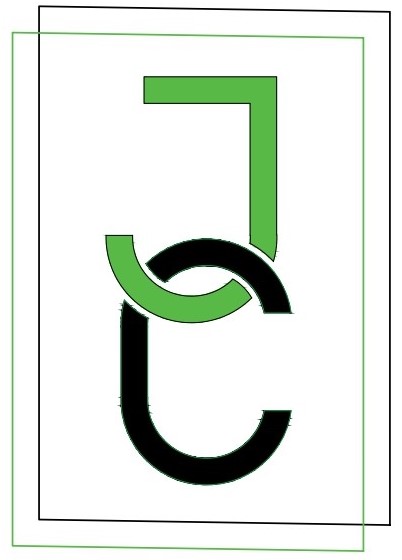Content
Cash outflows include any fees or charges that are subtracted from the balance. Where CF0 is the present value of investments, USD; CFt is the net cash flow (the amount of cash, https://www.bookstime.com/ inflow minus outflow) at time t, USD; and t is time of cash flow. The project’s economic benefit has been considered only from the perspective of energy-cost savings.
Lastly, it is not always possible that you will recover the initial investments as soon as it is estimated. A speedy return may not always be the priority of a business because long-term investments are also rewarded in many ways. On the other hand, payback period calculations can be so quick and easy that they’re overly simplistic. There are some clear advantages and disadvantages of payback period calculations. The first column (Cash Flows) tracks the cash flows of each year – for instance, Year 0 reflects the $10mm outlay whereas the others account for the $4mm inflow of cash flows.
What is Payback Period? [Formula and Calculation] – 2023
The payback time is defined as the time required for the accumulated savings to equal the total initial investment (Duffie, Beckman, & Blair, 2020). The effect of inflation is considered by the dynamic method of economic evaluation. This method is summarized below, following the reference (Böer, 1978). PBP is defined by calculating the time needed (usually expressed in years) to recover an investment.
In other words, it is the number of years the project remains unprofitable. For instance, let’s say you own a retail company and are considering a proposed growth strategy that involves opening up new store locations in the hopes of benefiting from the expanded geographic reach. https://www.bookstime.com/articles/payback-period Yarilet Perez is an experienced multimedia journalist and fact-checker with a Master of Science in Journalism. She has worked in multiple cities covering breaking news, politics, education, and more. Her expertise is in personal finance and investing, and real estate.
Demerits of Payback Period Formula
In cases where the waste heat generated by the fuel cell system is utilized, the payback time must take into account the savings in heating fuel. The internal rate of return is understood as the discount rate, which ensures equal present values of expected cash outflows (expenses) and expected cash inflows. The internal rate of return indicator shows the maximum possible relative level of expenditure. A negative IRR value indicates that an investment is likely to lose money and should be ruled out. A positive IRR value indicates viable future returns and should be maximized.

If we divide $1 million by $250,000, we arrive at a payback period of four years for this investment. Others like to use it as an additional point of reference in a capital budgeting decision framework. Average cash flows represent the money going into and out of the investment. Inflows are any items that go into the investment, such as deposits, dividends, or earnings.
What is the Payback Period?
The project is expected to generate $25 million per year in net cash flows for 7 years. Payback period is an essential assessment during calculation of return from a particular project and it is advisable not to use the tool as the only option for decision making. Another method which is frequently used is known as IRR, or internal rate of return, which emphasizes the rate of return from a particular project each year. Last but not the least, there is a payback rule which is also called the payback period, and it basically calculates the length of time which is required to recover the cost of investment.
WACC is the calculation of a firm’s cost of capital, where each category of capital, such as equity or bonds, is proportionately weighted. For more detailed cash flow analysis, WACC is usually used in place of discount rate because it is a more accurate measurement of the financial opportunity cost of investments. WACC can be used in place of discount rate for either of the calculations.
Energy Efficiency and Climate Change
The utility savings are found to be 100 kW for both, hot and cold streams. This results in economic savings of up to 115,000 € per year and requires a heat exchanger area of 66 m2. After this measure, the hot utility would be 2164 kW and cold one 51 kW. There are 7 remaining cold streams which require external hot utility, shown in Table 1 with their supply TS and target temperature TT.
At the end of the day, it doesn’t matter how “promising” the start-up or project is. If it is not financially viable enough to repay the initial investment within the time frame, then it is likely not a good investment. Due to its ease of use, payback period is a common method used to express return on investments, though it is important to note it does not account for the time value of money. As a result, payback period is best used in conjunction with other metrics.
